Review for Toshiaki Toyoda: 2005-2021
Introduction
This is how obsessions begin... It was a random review disc that introduced me to 9 Souls on an Artsmagic DVD way back when, and I immediately fell in love with an astounding piece of bravura cinema. So much so that I must have whimpered just a bit when Third Window Films announced the Blu-ray release, as part of the Early Years Collection. This also collected two other early Toyoda Films, Pornostar and Unchain, and then TWF also released Blue Spring as a standalone; three more films, one of them a documentary that offered some indication of Toyoda’s versatility. And now Third Window release Toshiaki Toyoda: 2005-2021, which collects six more of his films on three discs... This is the way I get obsessed. I have been looking forward to this release.
It’s not exhaustive of course; according to IMDB, these are six out of 12 films that Toyoda made in 2005-2021. Documentaries and music art pieces might be a harder sell, while I can see mainstream manga adaptation Crows Explode being a nightmare to licence (although MVM did release the Takashi Miike Crows Zero movies). Maybe there will be a Toshiaki Toyoda 2005-2021 Part II to look forward to. Six movies are more than enough to be getting on with though.
I got the three check discs for review, and can’t comment on the packaging or disc label artwork.
Disc 1
Introduction: Hanging Garden (2005)113:37
Eriko Kyobashi has the perfect family. She lives in the ideal apartment with her husband Takashi, daughter Mana, and son Ko. She cultivates the perfect garden on the apartment terrace which serves as her sanctuary. The family has one cardinal rule... no secrets. They’re the kind of family that can even talk about sex around the breakfast table. For a family with no secrets, there’s a lot that they don’t say. Takashi’s having multiple affairs, Mana has been obsessed with the Wild Monkeys love hotel since learning that was where she was conceived, and Ko brings home an older woman Mina as his tutor; who just happens to be one of Takashi’s dalliances. But Eriko might have the darkest secret of all. In this family, Eriko’s mother Sacchin might be the only straight talking member.
The Disc: Hanging Garden
Hanging Garden gets a 1.85:1 widescreen 1080p transfer on this disc, with a DTS-HD MA 2.0 Stereo Japanese track with an optional English subtitle track. It’s a nice transfer, clear and colourful, with decent detail and clarity. It’s not quite the pin sharp image of a from-the-ground restoration, but the film’s presentation is very naturalistic, with gorgeous colours, a decent level of film grain, which does the poetic cinematography justice. The dialogue is clear and the subtitles are accurately timed and free of typos. The gentle score is very evocative, and the end theme song is notable. It may be a stereo presentation, but the audio design is really quite effective.
Extras: Hanging Garden
The disc boots to an animated menu.
On the disc you’ll find a commentary for the film, newly recorded by director Toshiaki Toyoda. It’s in Japanese with English subtitles.
The Making of Hanging Garden is a vintage featurette that runs to 28:52.
There are 30:38 of Deleted Scenes.
Conclusion: Hanging Garden
Hanging Garden was a thought-provoking and entertaining experience. It takes a tried and tested genre, and gives it a fascinating twist. There are plenty of kitchen sink dramas out there, about seemingly perfect, but dysfunctional families, that have to fall apart before they come together again, having worked their issues through over the runtime. For some reason I tend to think of them as a mainstay of French cinema, but Toshiaki Toyoda’s take on the genre is quirky and feels quite unique.
It’s a masterpiece of location scouting to begin with. The Hanging Garden title is more than apropos given Eriko’s personal rooftop garden. The apartment in which they live looks like a ziggurat, while the locations and the Brutalist architecture evoke the ancient Middle East. There is the dreamy cinematography with the camera seemingly always in motion, often swaying, choosing unexpected angles. The story setting also gives an odd atmosphere to the film, with a small town rural location with aspirations to be cosmopolitan. It’s a place where everyone seems to know everyone else, which makes the family’s secrets fragile indeed.
We’re presented with a seemingly ideal family, although the choice of breakfast conversation might raise a few eyebrows. The seams show straight away when it turns out that only Eriko has the keys to the apartment. It’s a painful fragility with which Eriko serves as matriarch to the family, orchestrating the lives of her husband and their two children when they are in the apartment. Once they leave for work and school, all bets are off. Takashi’s having affairs to compensate for his desert of a home life, one with a dominating woman who we rarely see, but who drives a bright yellow car, and whose stereo is always playing the same crude lyric of a song when it drives by.
Mana has become obsessed with the Wild Monkeys love hotel after learning that it was where she was conceived, and it becomes the second focus of the film aside from the apartment. Meanwhile, her younger brother Ko has become focused on reality as opposed to artifice, which given his family often makes him an outsider looking in. His hobby is architecture; he’s creating a 3D representation of the town on his computer, and it’s in this regard he chooses Mina to be his tutor; and with a 14 year-old-boy spending time in his room with a young woman, his mother’s eyebrows are more than raised.
But it’s Eriko who’s revealed to have the biggest issues; her smile is one of artifice, a forced cheerfulness to punctuate her perfect vision of her family. At work that artifice starts to crack with a co-worker whose mother new Eriko at school, and knew how she used to be. That reality is expounded on when we meet Eriko’s mother Sacchin, who’s in hospital, refusing a cancer operation. The brittle relationship between mother and daughter belies the perfect family that Eriko lauds. It isn’t long before the chickens come home to roost, and Sacchin’s straight talking personality is key.
This is one of those dramas where a family has to be torn apart by their lies to reveal the hidden truths that will eventually bring them back together again, damaged, battered, but finally in a position to heal, and in that respect Hanging Garden stays true to the tropes. But there is a wry comedy in the proceedings, that poetic and contemplative camera work, and an overall quirky sensibility that really appeals to me. And the last thing I was expecting from a film of this genre was the same sense of catharsis that I got from 9 Souls. Tonally and thematically they are completely different movies, but as the end credits rolled, I had the same sense of satisfaction.
8/10
Disc 2
The Films
With four films on this one disc, I’ll depart from my usual review format, and address each film in turn, leaving the disc’s extra features till the end.
Monsters Club (2011) 72:17
There’s a bombing spree in the city. Company executives are being targeted by a mail bomber who signs his name as Ichiro Suzuki. And in an isolated mountain cabin, blanketed by snow, Ryoichi Kakiuchi assembles his IEDs, spurred on by his manifesto; a diatribe against modern life. He’s a survivalist, living off the land, listening to scratchy opera on a gramophone as he builds his bombs. And then one day he sees a strange creature that heralds the appearance of his brother, who died years previously by suicide...
Cinematic storytelling thrives on interaction, which makes for a headache when telling stories about people in isolation. It falls to the storyteller to contrive someone or something to interact with, whether it’s an animal, a computer, or even a volleyball with a face drawn on it. In Monsters Club, Ryoichi has his hallucinations, broken up by a brief visit from his sister.
Monsters Club is a character study, a story based on the real life Unabomber, with Ryoichi set on his path by a sense of alienation from the world. The film begins with his manifesto in voiceover, railing against the structures of the modern world that have shunned nature for artificial societal constructs. But it turns out that there is much more to Ryoichi than a political stance, and it’s through his hallucinations, the visions he has of his late brother, that we learn the effect his family has had on him. And as we learn of this, so Ryoichi learns it too, as his visions cause him to face truths that he has to this point kept buried.
It takes a lot for me to invest in films like this, where a single character is the focus of, and carries the narrative. Not just because of its icy setting, Monsters Club left me cold, although it certainly did provoke enough thought for me to want to watch it again at some point. The film gets a decent 2.35:1 widescreen 1080p transfer with DTS-HD MA 2.0 Stereo Japanese with optional subtitles. The image is clear and offers good contrast and fair dark detail, good in a film as dark as this. It also gets a very effective, if unsettling sound design. One flaw is a missing subtitle caption at 40:31, leaving a line of dialogue un-translated.
7/10
Wolf’s Calling (2019) 16:43
A woman finds a strange, rusty antique gun in her possessions... Years previously, a handful of samurai and a group of armed farmers gather at a wolf’s shrine in a forest, motivated by some child’s belongings and playthings.
Both Wolf’s Calling and The Day of Destruction turned into responses to Toshiaki Toyoda’s arrest in 2019. There is a political element to how celebrities and people in the creative industries are treated by the justice system in Japan; they tend to be made examples of, and that event induced a frustration that is directly reflected in the storyline of Wolf’s Calling. You can learn more in the extra features on this disc, especially the interview with Toyoda.
Wolf’s Calling feels like the introduction to a movie, not a whole movie itself. It’s great for setting up a scene, establishing atmosphere, and introducing characters. The woman’s discovery of the antique gun triggers a flashback to the shrine, the people gathering at the shrine, and some sense of what’s motivating their rage. Off screen we can hear an apparent, larger opposing force gathering, and there’s a culmination where one of the samurai draws forth the previously hidden gun, now new and shiny. And there’s a post credits sting in the modern day, with another samurai gazing over a cityscape.
Wolf’s Calling feels like an extended trailer... and now I want to watch the whole movie, especially given the stellar cast in this short film. The music and the visuals impeccably build up the tension, and the forward momentum of the film is gripping. The sense of anticlimax is disappointing to be sure, but doesn’t detract in any way from the quality of the production. Of course it turns out that it isn’t really a standalone, and the Wolf Shrine connects this film with the next two...The film is presented in 1.78:1 widescreen 1080p and with a DTS-HD MA 2.0 Stereo audio track. There are no subtitles needed for a story told without dialogue.
5/10
The Day of Destruction (2020) 56:50
7 years previously, one man paid a visit to an abandoned industrial area, to venture into a mine tunnel. What he finds inside is ominous. Today, an undefined epidemic is raging, and another man treks through a forest to a shrine, and locks himself in a box. He’s discovered before he succeeds in mummifying himself and is rescued. But he’s certain that he’s possessed by a demon.
The Wolf Shrine makes another appearance in The Day of Destruction, although the story is ostensibly unconnected. It is another reactionary film, a political statement made by Toshiaki Toyoda; not least a criticism of the Tokyo Olympics; unwanted by many of Tokyo’s residents to begin with, and a bad idea at the height of the Covid epidemic. But it’s a fictional epidemic that lies at the heart of The Day of Destruction, heralded by a strange discovery in an abandoned coal mine, and having an indescribable effect on the residents of a local village.
The opening theme song of the film is an indication of the motivations behind the story, a piece of apocalyptic hip-hop which succinctly describes the human condition, and how we currently engage with the world around us, and the characters in the film are an example of this in microcosm. Covid came along and changed human society fundamentally, if not permanently, and it came at a time when we’re also constantly being bombarded with the oncoming horrors of climate change. At the local level, there are countless problems as well, and if there is one sense of commonality in humanity right now, it’s a loss of control and an ever present pervasion of fear. The villagers in The Day of Destruction have their own epidemic, the end of their local industry all weighing on them, and the irrational, superstitious way in which they react all make for a devastating and obvious allegory.
The Day of Destruction gets a 1.78:1 widescreen 1080p transfer with DTS-HD MA 2.0 Stereo Japanese and with English subtitles. It’s a film with striking cinematography, not least the monochrome prologue which is atmospheric and moody. The audio is fine and the music is unsettling and evocative.
8/10
Go Seppukku Yourselves (2021) 26:23
Another epidemic, although this time in a mediaeval village... It’s clear that it’s a deliberate act, with both wells deliberately contaminated. The officials determine that whoever is responsible, or is profiting from the disease should be ordered to kill themselves. A passing samurai is considered to be a likely suspect, and the order is given. But he has something to say to his condemners first.
It feels like another period drama at first, maybe even more so than Wolf’s Calling, an ominous claustrophobic tale in a historic setting. There’s a sense of horror as the film begins with a masked figure sacrificing to poison the well. It’s when the passing samurai sees this figure, and picks up the mask, that he gets scapegoated and condemned. But he’s got a dying message and a loud one.
It’s another allegory for our times. If The Day of Destruction took a look at public reaction to difficult circumstances, then Go Seppukku Yourselves looks at how our governments react, and it’s just as harsh a message. Authorities want to be seen to be in control in a crisis, and it turns out that they’ll lie, cheat, smear and divert to appear in command of a situation when the truth is that they have no idea what they’re doing. Sound familiar?
When something traumatic happens on a significant scale, the creative arts react to reflect those events, and The Day of Destruction and Go Seppukku Yourselves are two films that speak to our times with a bluntness and immediacy that is just what we need. Go Seppukku Yourselves gets an effective 1.85:1 widescreen 1080p transfer, again with DTS-HD MA 2.0 Stereo Japanese and English subtitles, although this time the subtitles lean more towards transliteration than translation, and take a little thought to fathom.
7/10
Extras
The disc boots to an animated menu.
In the extras you’ll find the following...
Audio Commentary on Monsters Club from Jasper Sharp
Making of Monsters Club (8:48)
Monsters Club Teaser Trailer (3:16)
Day of Destruction Trailer (1:23)
Director Interview (12:27)
Wolf’s Calling Teaser Trailer (1:30)
I had trouble with the featurettes defaulting to audio with no subtitles, but that was easily remedied with the remote control.
Disc 3
Introduction: I’m Flash (2012) 91:49
Not everyone involved in a traffic accident requires bodyguards, but not everyone is cult leader Rui, whose sermons and televangelism on the nature of life and death attract countless followers. But when, after a drunken night out, he winds up crashing a fast car, killing a biker, and putting his nameless female passenger into a coma, his family and his ‘assistants’ employ three ruffians to protect him. But the girl passenger was more than just a drunken pick-up; there’s more to the bodyguards than meets the eye, and Rui’s having second thoughts about his cult.
The Disc: I’m Flash
I’m Flash gets a 2.35:1 widescreen 1080p transfer on this disc, with DTS-HD MA 2.0 Stereo Japanese and with English subtitles. The transfer is adequate for I’m Flash, with a nice, clear, colourful and detailed image, marred only by a little digital banding in darker scenes. The audio is nice and immersive, given a little Prologic treatment. The film impresses with the way it uses its budget, taking the action outside of the usual cities, and to the southern islands. The production design impresses too when it comes to sets and costumes. The dialogue is clear, the subtitles accurately timed, although with the most glaringly obvious typo (just one) that I have ever seen. The music is well suited to the film, quirky and with a punk style, and the end theme, an apparent Japanese translation of Jumpin’ Jack Flash is really appropriate.
Extras: I’m Flash
The disc boots with an animated menu.
You’ll find a commentary on the film from Tom Mes.
The Making of I’m Flash lasts 20:47.
The Director Interview is recently recorded and lasts 18:46.
Once again I had an issue with the featurettes defaulting to subtitles off.
Conclusion: I’m Flash
Talk about leaving the best till last. There is a whole lot of goodness in this collection, but I’m Flash stands head and shoulders above all the other films when it comes to character development and audience engagement. To be honest, I wasn’t expecting great things given the premise, cult leader, traffic accident, and bodyguards, but by the time the end credits rolled, I was fully invested in the film, satisfied with how the story played out, and delighted by the way the story is structured. I’m Flash excels at visual storytelling, challenging the audience to draw the metaphors and interpret the story so that it makes sense to them.
The way the film starts is an indication of how much contemplation you need to bring to it, with a dark screen gradually getting brighter, and it becomes clear that we’re underwater, ascending towards a shimmering, sunlit surface. And then the image transitions into a road at night, and we get our first glimpse of the accident that sets the story into motion, with a man on a motorbike on the road to a fateful encounter with a young man and woman, obviously having too much of a good time in a fast car.
We then meet the prospective bodyguards, obviously from a criminal element, with an older, more experienced man who likes to chat, a young man who likes to complain, and then there is the quiet loner. They are all called to Rui’s mansion, where they learn what the job is, and just who it is they have to protect. Rui doesn’t make it easy for them, given his penchant to escape to the sea to go harpoon fishing. It’s not a doomsday cult per se, but there is a preoccupation with life and death that certainly isn’t healthy, with an exhortation not to fear death, coupled with the assertion that “life is beautiful”, although we learn this mostly through videos and broadcasts. Rui himself seems detached from his religion, except for when he’s worshipping or meditating at a skull filled shrine.
It quickly becomes clear that Rui is becoming disillusioned with his role as cult leader, something that poses a problem for his family. He’s the third generation preaching to the faithful, following his father and grandfather, and given that the religion is set that only males of the family can preach, this threatens the income that keeps his family in clover. His sister is particularly obnoxious about this, although his transgender brother is more sanguine, while their mother is the true power behind the cult.
It’s as the film unfolds that we learn the truth behind the car crash through flashbacks, which sheds light on Rui’s thoughts. At the same time, by spending time with their charge, the bodyguards learn from him almost by osmosis, at times feeling like disciples. This gives the conclusion of the film a very biblical air, beautifully edited, rendering an effortlessly choreographed coincidence that gives a very specific view on serendipity and causality, coupled with a need for atonement.
The premise of the film is elevated by the direction, the editing, and the locations, couple with great actor performances, including a perfectly judged and suitably understated performance from Tatsuya Fujiwara (Death Note, Battle Royale). You can’t discount the quality of the other films in the collection, but I’m Flash is the cream of the crop.
9/10
In Summary
Obsession indeed! 9 Souls, Unchain, Pornostar and Blue Spring were decidedly different experiences, and this new collection of 6 films from Toshiaki Toyoda cements just how each film represents a unique vision from the director, yet all comes together as of a piece when you consider his filmography. You really do have to see them all, and even in the films that you don’t get along with (for me it’s Monsters Club in this collection), you’ll find much to appreciate. This boxset is infuriatingly limited, so don’t hesitate in acquiring one (or two; it is Christmas soon, and who wouldn’t want one of these in their stocking?)
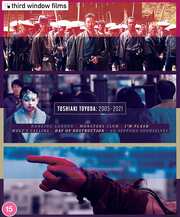




































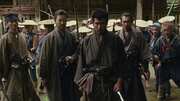





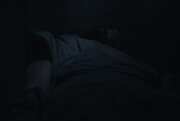
































































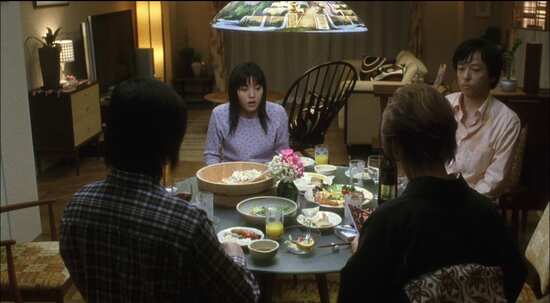
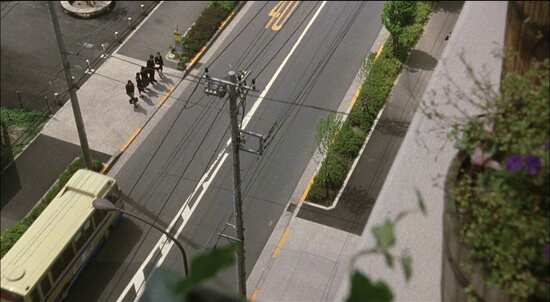
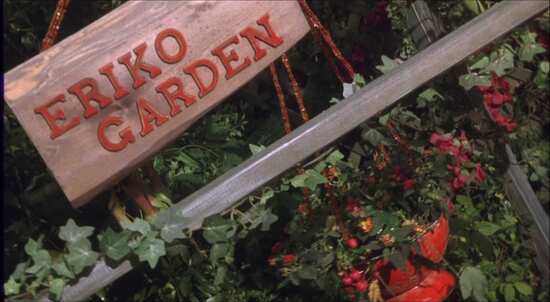
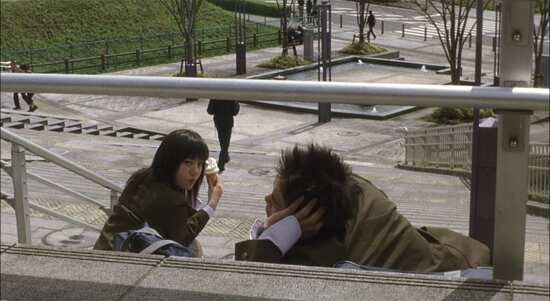
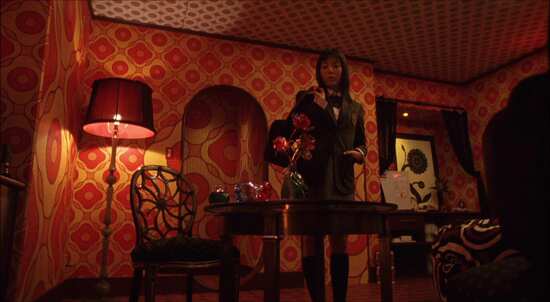
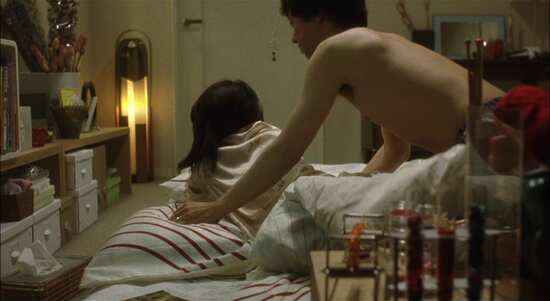
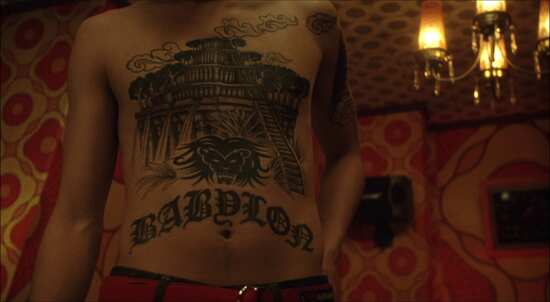
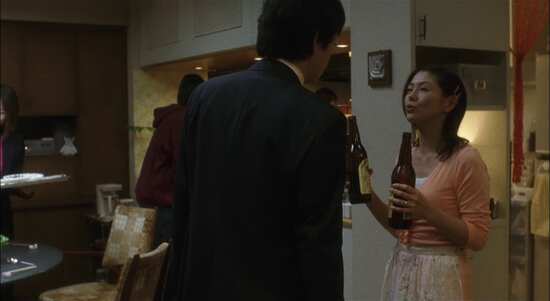
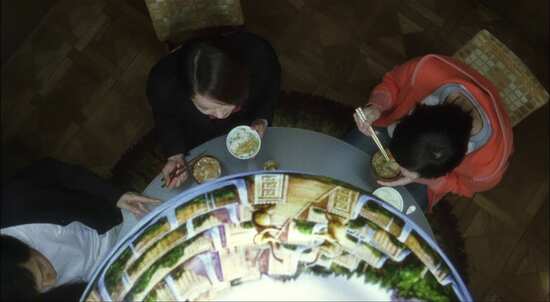
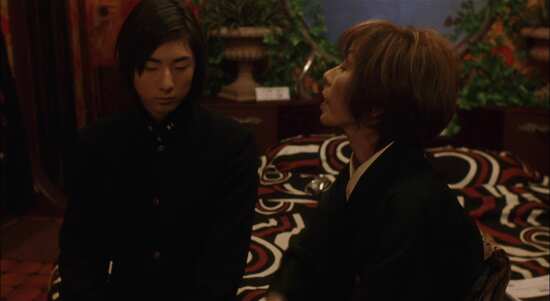

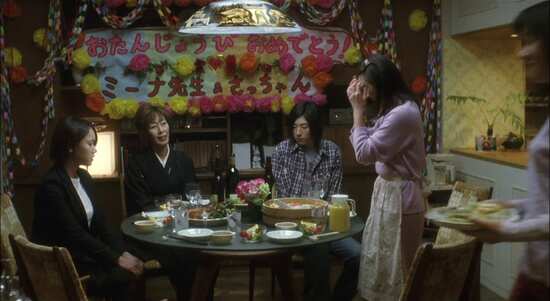
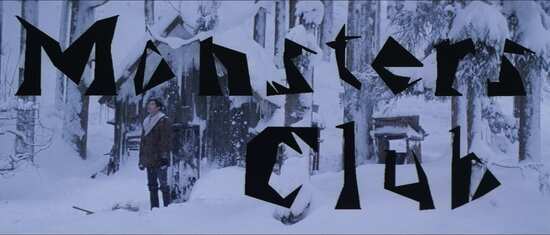
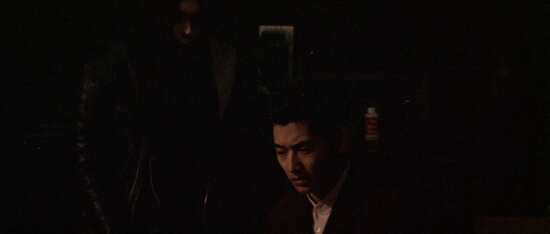
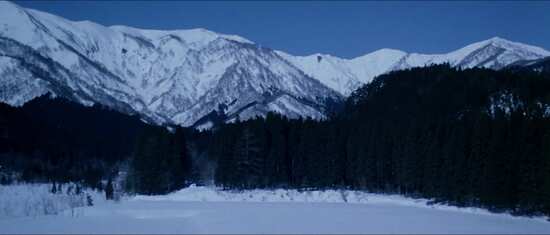
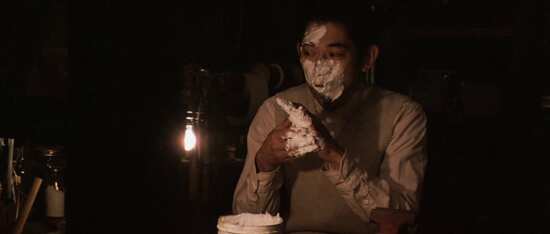



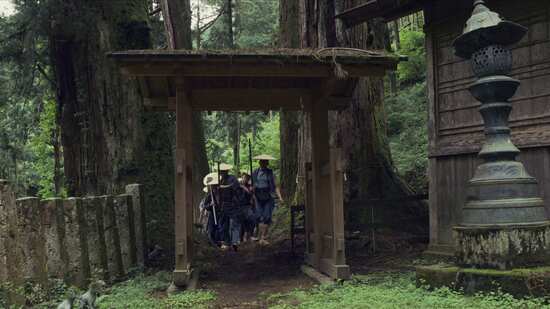

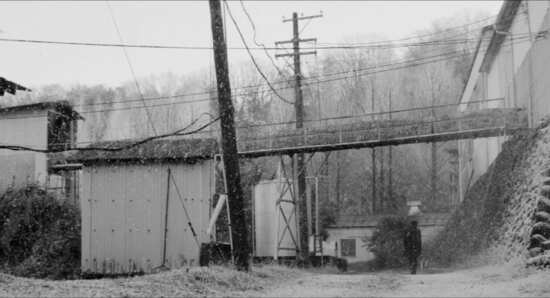
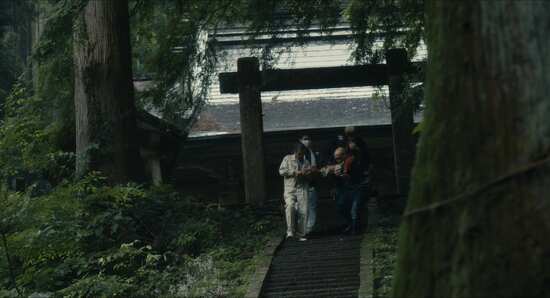

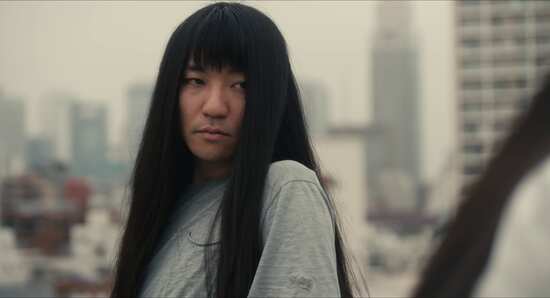

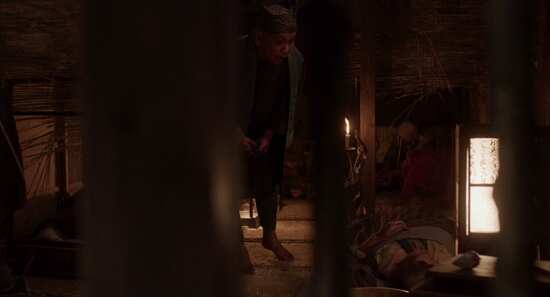
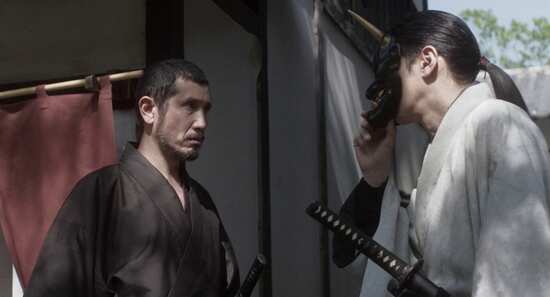
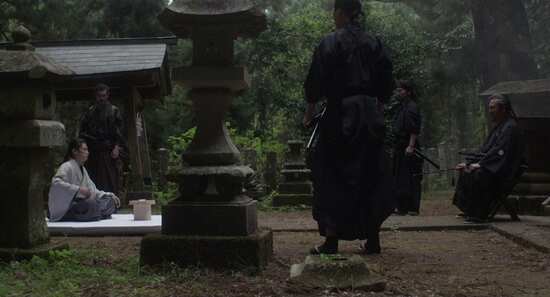
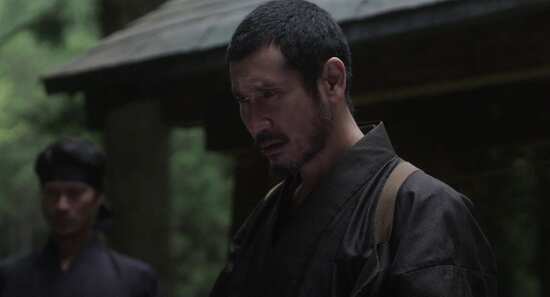
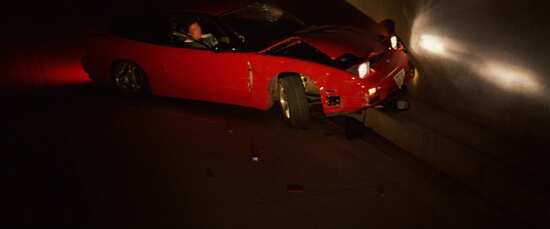
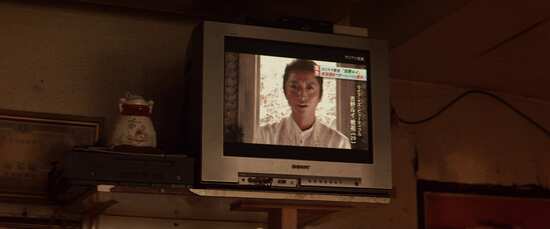
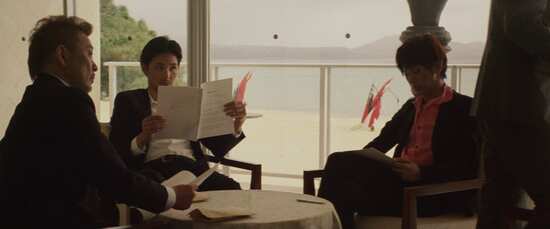

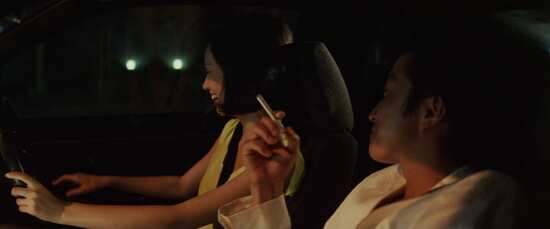


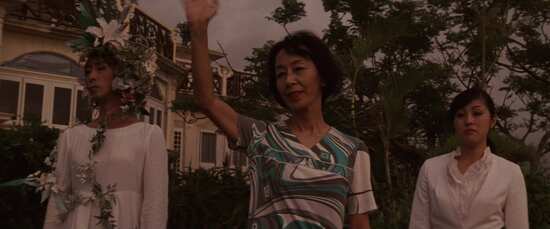
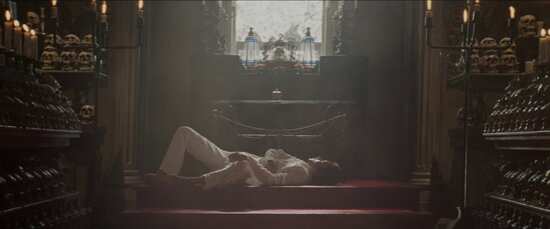
Your Opinions and Comments
Be the first to post a comment!